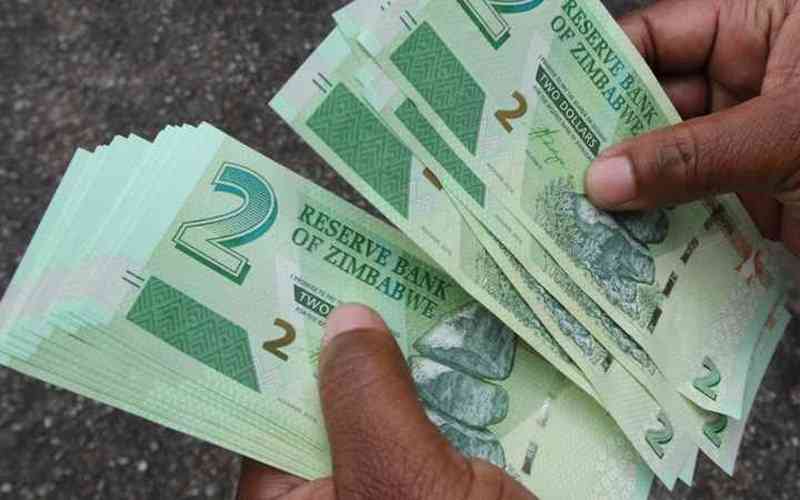
IN a bid to “stabilise” the local currency, Zimbabwean dollar (Zimdollar, ZW$), the government announced a tripartite of measures in May and early June, and consequently, the market responded.
The government announced new measures on May 11, May 29 and June 6, 2023. On June 9, the Reserve Bank of Zimbabwe (RBZ) went on to reassure the public that “there is sufficient foreign exchange in the market to satisfy all needs and demands of banks’ customers”. Almost a month later, the ripple effects of these measures are being felt, but for how long.
Unlike the historic command fixation of the exchange rate to enforce currency stability by the government, this time around the RBZ sought to ensure stability by closing in on the gap between the formal exchange rate and the informal rate, which is referred to as the premium.
To do this, the government introduced a “pure” Dutch auction system in May, which prioritised highest bidders, and this saw the Zimdollar plunge by -60% against the United States dollar in one month, while narrowing the premium from over 100% to a circa 35%.
In June, the government moved to liberalise the willing-buyer willing-seller market by letting market dynamics determine the exchange rate. This has seen the Zimdollar depreciate by -57% in just three weeks.
Meanwhile, the premium between the parallel market and the interbank has also narrowed down to 24%, which further reduces arbitrage activities on the currency markets.
However, it is worth noting that while the interbank exchange rate dipped -60% in May on the interbank, the parallel market only recorded a -37% dip.
Fast-forward to June, the currency depreciation magnitude on the interbank has been oscillating with increased margins, while on the parallel market the magnitude has been notably decreasing.
- Mayhem as schools reject Zimdollar fees
- Forex demand continues to fall
- USD fees: Govt policy failure hurting parents
- RBZ blocks Harare US dollar charges
Keep Reading
While the month-to-date Zimdollar depreciation on the parallel market stands at -58%, the exchange rate depreciated by a daily average of -11,5% in the first week of June, to -8,5% in the second week and -3,1% in the third week.
The decreasing depreciation rate on the parallel market is attributed to a number of factors that notably include a sizeable reduced supply on the parallel market, increased activity on the interbank market and reduced speculative currency trading.
Following the narrowing down of the premium between the two exchange markets, economic players have had less motivation to liquidate their foreign currency balances on the parallel market and rather opt for the formal channels, which offer relatively the same value.
This is because the buy rate on the parallel market tends to be similar to the bid rate on the interbank market, while the significant variance lies on the sell rate.
In line with the development, the reduced number of economic players, who used to liquidate their greenback on the informal market as they resort to the formal market also means reduced activity on the parallel market. It is also imperative to note that the parallel exchange rate was and is mainly driven by demand and supply factors, and any shift in those fundamentals significantly alter the value proposition.
Additionally, when the government went on a spree of announcing monetary measures, uncertainty reigned in the economic-spaces, thus leading to heightened speculation, which saw an increased demand for safe haven.
This increased demand led to increased depreciation margins, which later died down with reduced speculations.
Duma is a financial analyst and accountant at Equity Axis, a leading media and financial research firm in Zimbabwe. — [email protected] or [email protected], Twitter: TWDuma_






